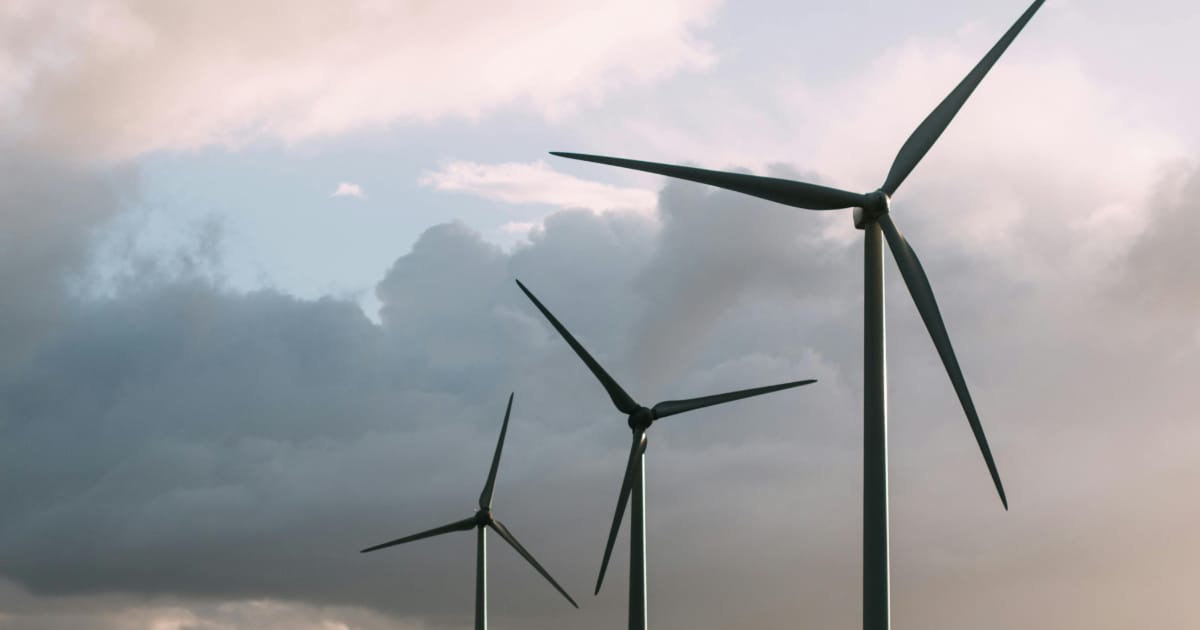The Concept of Catenary Analysis
As the world transitions from fossil fuels to renewable energy sources, offshore wind power has become a vital component of the global energy mix. Offshore wind turbines are increasingly being deployed in deep waters where wind resources are more abundant and consistent. These turbines are anchored to the seabed using mooring systems, which must be robust enough to withstand powerful environmental forces. The design and installation of these mooring systems pose significant challenges, requiring precise engineering and thorough analysis.
Catenary analysis is a critical tool in this process. It involves examining the behavior of a cable (or mooring line) under its own weight, taking into account the tension in the cable and the impacts of external forces such as wind, waves, and currents. By visualising the cable as a two-dimensional curve, engineers can predict how it will behave under various conditions, including changes in weight and directional forces. This predictive capability is essential for designing mooring systems that are both effective and resilient.
Advantages of Catenary Analysis
1. Increased Precision
Predicting the behavior of a mooring system in various scenarios is crucial due to the range of forces acting on the anchor lines of offshore wind turbines. Catenary analysis allows engineers to simulate different environmental conditions and make informed predictions about how the mooring system will perform. This precision is particularly important given the proximity of multiple wind turbines in a single farm, where complex cross-mooring configurations must be managed to avoid obstructions and interference between lines. By providing detailed insights into the system's behaviour, catenary analysis helps ensure that the design can withstand the stresses it will encounter.
2. Reducing the Likelihood of Failure
Offshore wind turbines are often installed in challenging locations where they are exposed to extreme and unpredictable forces. The ability of the mooring system to withstand these forces is critical to the turbine's stability and operational integrity. Using a two-dimensional catenary analysis model, engineers can identify potential weak points in the mooring system and make necessary improvements before installation. This proactive approach not only enhances the safety of the turbine and its surroundings but also significantly reduces the likelihood of mooring system failure, which can be costly and dangerous.
3. Time and Money Savings
Designing and installing a mooring system for an offshore wind turbine requires considerable time and effort. By employing 2D catenary analysis, engineers can streamline the design and testing phases, accelerating the development process. This efficiency translates into significant cost savings in the design and setup of mooring systems. Additionally, catenary analysis can be instrumental during the installation phase, where it helps manage real-time changes and avoids delays, further reducing costs and minimising risks. For instance, if unexpected seabed conditions are encountered, the analysis can provide immediate guidance on how to adjust the mooring system accordingly.
4. Improving the Efficiency of Operations
A well-designed mooring system ensures that an offshore wind turbine remains stable and correctly positioned even in harsh weather conditions. This stability is crucial for the turbine's efficient operation, as even slight deviations can affect its energy production. By using catenary analysis to create the best possible mooring system, engineers can maximise the turbine's operational efficiency, leading to higher energy yields and more reliable performance. This improved efficiency not only benefits the overall energy output but also enhances the economic viability of the wind farm.
Practical Applications in Offshore Wind Turbine Mooring
The practical applications of catenary analysis in the mooring of offshore wind turbines are extensive. For instance, in deep-water installations, where the weight and length of mooring lines are significant factors, catenary analysis helps determine the optimal line material and configuration. This ensures that the mooring system is not only strong enough to hold the turbine in place but also flexible enough to adapt to changing environmental conditions.
Moreover, catenary analysis is crucial in the planning stages of offshore wind farms. It allows engineers to simulate various scenarios, such as extreme weather events, to test the resilience of the mooring system. These simulations can inform decisions about the type and placement of anchors, the length and tension of mooring lines, and other critical design elements.
The Role of Advanced Tools
Advanced catenary analysis tools, such as the Wincat catenary analysis tool, play a vital role in the design and operation of complex mooring and towing scenarios. These tools provide detailed simulations and visualisations that help engineers understand the intricate dynamics of mooring systems. By leveraging these tools, engineers can optimise their designs, ensuring that offshore wind turbines are securely moored and capable of withstanding the harsh marine environment.
Conclusion
Catenary analysis is an indispensable tool for engineers working on the mooring systems of offshore wind turbines. Its ability to predict the behaviour of mooring lines under various conditions ensures increased precision, reduces the likelihood of failure, saves time and money, and improves operational efficiency. As offshore wind energy continues to grow as a significant source of renewable power, the role of catenary analysis in ensuring the stability and reliability of these installations becomes ever more critical. By embracing advanced analysis tools and methodologies, engineers can design mooring systems that not only meet the demands of today but also anticipate the challenges of the future, contributing to a more sustainable and resilient energy infrastructure.
